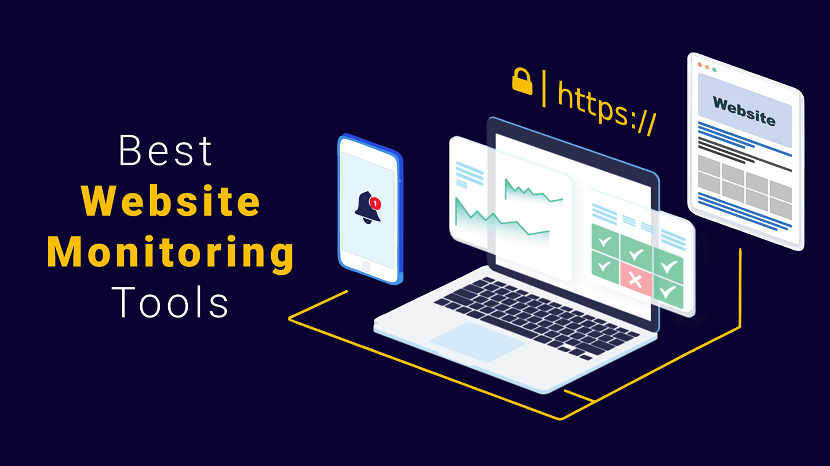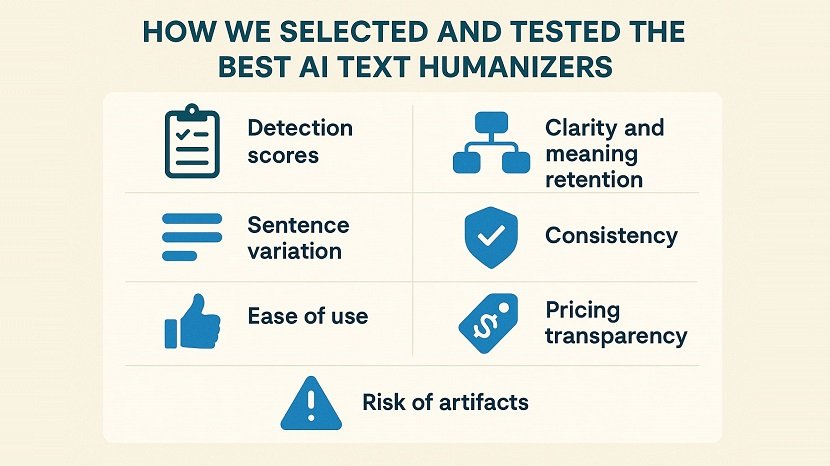
Bringing optimization and efficiency to the sales process is an essential strategy for business growth. That's where sales enablement tools come into play. In this article, we delve into a comprehensive understanding of these tools and how to utilize them for business success.
1. Understanding Sales Enablement Tools

Sales enablement tools are software solutions designed to enhance productivity and sales performance. They are typically equipped with features that aid in communication, content organization, data analysis, and sales training.
With these tools, sales teams can have a centralized system for managing, tracking, and analyzing sales activities. It allows sales representatives to access relevant client information and resources to streamline sales interactions.
These platforms also come equipped with functions that enhance customer engagement strategies. These include email automation, sales coaching modules, customer relationship management (CRM), and more.
Their main aim is to equip sales representatives with the necessary resources to engage with prospects effectively, increasing sales conversion rates in the process.
2. Importance of Sales Enablement Tools
Sales enablement tools play a pivotal role in enhancing the overall efficiency and productivity of the sales process. They serve as the bridge that connects marketing assets to sales strategies, creating a unified workflow for sales representatives.
By managing and automating tasks, sales enablement tools eliminate redundancy, streamline workflows, and save valuable time. This time can be channeled into core business activities such as client relationship management and strategy formulation.
Furthermore, these tools promote data-driven decision-making by providing valuable insights into customer behavior and sales trends. They sync sales and marketing efforts, ensuring your team is equipped with the relevant information to convert prospects into customers.
3. Choosing the Right Sales Enablement Tools
The choice of a sales enablement tool largely depends on your company's needs and goals. It's crucial to do a thorough audit of your sales process to uncover areas that need improvement.
The size and nature of your sales team also need to be taken into consideration. Some tools are better suited for large corporations with a vast sales team, while others are better designed for small businesses or startups.
Another essential factor to consider is the solution's integration capabilities. The chosen tool should seamlessly merge with your company's existing customer relationship management, email marketing, and business intelligence tools.
4. Optimizing the Use of Sales Enablement Tools
Once a sales enablement tool is implemented, it's vital to continuously optimize its usage to ensure its functions are fully utilized. Regular orientations and workshops should be conducted to familiarize the sales team with the platform's functionalities.
Attention should be given to content management capabilities. Ensure all relevant sales and marketing collateral is uploaded and categorized appropriately within the system for easy access.
There must also be continuous assessment and tweaking of your communication strategies using the insights provided by the tool. This promotes a dynamic, responsive approach to sales that aligns with evolving customer needs.
Performance metrics should also be regularly analyzed to identify current sales trends and monitor the efficacy of the platform. This data should be the guiding source when making strategic business decisions.
5. Evaluating the Impact of Sales Enablement Tools

Measuring the impact of deploying a sales enablement tool involves assessing changes in key sales metrics before and after implementation. Metrics to track include conversion rates, sales cycle length, deal sizes, and customer churn rates.
Data analytics offered by these tools can provide deep insights into the effectiveness of your sales strategies. By tracking these metrics over time, you can make informed decisions about which strategies are working and which need to be modified.
Moreover, an increase in efficiency and productivity is a significant indicator of a successful implementation. Reduced time spent on administrative tasks and an automated sales process generally indicate a positive impact.
Sales enablement tools are an essential resource for any sales-driven company. Finding the right fit for your business and using it effectively can result in improved efficiency and productivity, contributing significantly to business growth.
If you found this article helpful, we encourage you to share it on your social media platforms—because sharing is caring! For more information about article submissions on our website, feel free to reach out to us via email.
Send an emailWritten by RGB Web Tech
Latest Technology Trends
Latest technology trends shaping the future, including AI advancements, blockchain innovation, 5G connectivity, IoT integration, and sustainable tech solutions. Explore breakthroughs in quantum computing, cybersecurity, augmented reality, and edge computing. Stay ahead with insights into transformative technologies driving innovation across industries and revolutionizing how we live, work, and connect.
Related Articles - Tool and Software

Website Monitoring Tools
We compared the best web monitoring tools and softwares that can help improve website uptime and overall performance.

Merge Videos
Master seamless video transitions! Elevate your content with style as you learn the art of merging videos flawlessly. Dive into perfection now!

AI in Digital Marketing
Maximize marketing impact with AI: Discover expert tips and best practices for integrating artificial intelligence in your digital marketing strategy.

Best Sales Enablement Tools
Maximize sales success with expert insights on leveraging sales enablement tools. Boost efficiency, close deals, and elevate your business strategy.

Premier AI Essay Detector Bypasser
Humbot Review: Your go-to solution for effortlessly navigating through AI essay detectors. Outsmart plagiarism checks with this premier tool.

Blogging Tools Every Blogger Needs
Discover essential blogging tools for success! From SEO plugins to editorial calendars, equip yourself with must-have resources for thriving online.

Features to Look for in the Best Proposal Software
Discover key features to look for in the best proposal software, from customization to automation, to streamline your proposal process effectively.

Role of Annotation Tools in Interactive eBooks
Boost reader engagement with interactive eBooks! Discover how annotation tools enhance learning and retention, making reading a dynamic experience.
How Real-Time Tracking Improves Task Management
Boost productivity with real-time tracking! Discover how instant updates streamline task management, enhance collaboration, & drive efficiency.

FlexClips AI Tools A Leap Forward in Video and Photo Editing
FlexClip's AI tools: revolutionizing video & photo editing with smart features for creativity, ease, & stunning results. Try now!

AI-Powered Digital Signage Software
The way outdoor marketing is done has seen an overhaul in the last few years and one of its main components that marketers love now is the AI digital signage software.

The Best UK Proxy : Navigating the Digital Landscape with Precision and Compliance
Best UK proxy solutions to browse securely, access geo-restricted content, and ensure full compliance with UK digital regulations. Stay anonymous, enhance speed, and protect your online privacy with trusted proxy services.

FlexClip Comprehensive Review Capabilities Pricing and Alternatives
FlexClip in 2025: in-depth review of AI-powered features, affordable pricing plans starting at free, and the best alternatives like Canva and InVideo for seamless video editing.

Top 8 Best Tools to Humanize ChatGPT Text and Make It Undetectable
Top 8 tools to humanize ChatGPT text and make AI-generated writing undetectable. Boost authenticity, bypass AI detectors, and transform robotic content into natural, human-like text.
